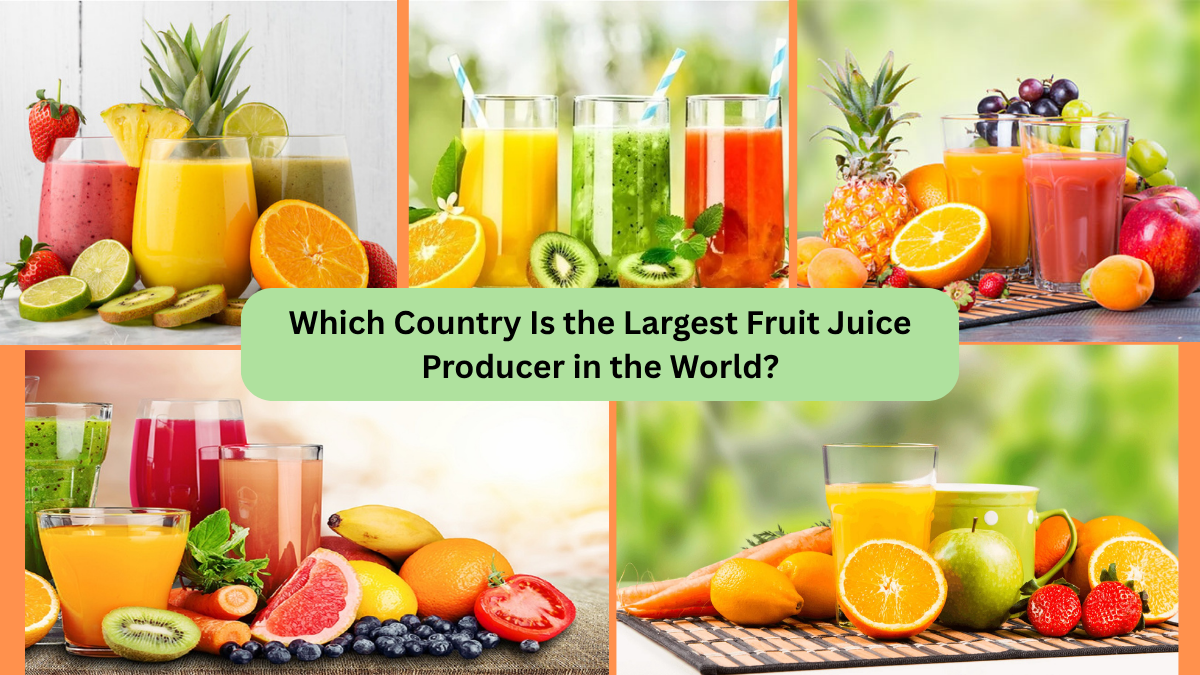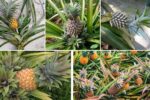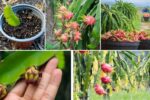Fruit juice is a beloved beverage around the globe — from the classic morning glass of orange juice to exotic blends of tropical fruits. With increasing consumer demand for natural, health-oriented drinks, the fruit juice industry has expanded significantly in recent decades. But when it comes to mass production, which country leads the world in fruit juice production? In this comprehensive article, we’ll explore the global fruit juice industry, identify the top-producing country, and dive into the factors behind its dominance.
The Global Importance of Fruit Juice

Fruit juice is more than just a refreshing drink — it’s a multi-billion-dollar industry with a global presence. People consume fruit juice for:
- Nutrition: It’s rich in vitamins, minerals, and antioxidants.
- Convenience: A quick, easy, and delicious way to enjoy fruit.
- Variety: From apple and orange to mango and pomegranate blends.
Fruit juice is also a major export product, supporting agriculture, food processing industries, and economies around the world.
Overview of Global Fruit Juice Production
The global fruit juice market is valued at over $140 billion annually. The most commonly produced and consumed juices include:
- Orange juice
- Apple juice
- Grape juice
- Pineapple juice
- Tropical fruit blends
While many countries produce fruit juices locally, large-scale production is concentrated in nations with abundant fruit harvests, modern processing facilities, and strong export networks.
Brazil: The Largest Fruit Juice Producer in the World

When it comes to fruit juice production — particularly orange juice — Brazil stands head and shoulders above the rest. Brazil isn’t just the largest orange juice producer but also the world’s biggest overall fruit juice producer, thanks to its massive citrus industry and growing production of tropical juices.
Production Statistics
According to industry reports and data from the United Nations Food and Agriculture Organization (FAO), Brazil produces approximately 1.5 million metric tons of fruit juice annually, with orange juice accounting for about 75-80% of that total.
Brazil’s orange juice industry is so dominant that it controls over 60% of global orange juice exports and meets roughly 40% of worldwide fruit juice demand.
Why Is Brazil So Dominant in Fruit Juice Production?
Several factors make Brazil the powerhouse of fruit juice production:
Ideal Climate and Geography
Brazil’s subtropical and tropical climates are perfect for growing a wide variety of fruits, particularly citrus fruits like oranges, limes, and tangerines. The country’s state of São Paulo alone produces over 70% of Brazil’s oranges.
Advanced Processing Infrastructure
Brazil has invested heavily in state-of-the-art juice processing plants, many of which operate at an industrial scale. These facilities allow Brazil to:
- Produce concentrated and not-from-concentrate (NFC) juices
- Process vast quantities of fruit quickly and efficiently
- Export juice globally, particularly to Europe and the United States
Strong Export Focus
Brazil’s juice producers focus largely on exports, with Europe being the largest market, followed by North America and Asia. Major Brazilian juice companies like Cutrale, Citrosuco, and Louis Dreyfus Company (LDC Juice) handle a significant share of global supply.
United States: A Major Fruit Juice Producer

The United States ranks as the second-largest fruit juice producer globally. While the U.S. has a long history of orange juice production (especially in Florida), it also produces a wide variety of juices including:
- Apple juice
- Grape juice
- Cranberry juice
- Tropical blends
Production Highlights
Florida remains one of the top regions for orange juice in the U.S., though citrus greening disease has impacted yields in recent years. In addition to oranges, the U.S. grows significant quantities of apples, grapes, and berries for juice production.
Major American brands like Tropicana, Minute Maid, and Ocean Spray have strong domestic and international distribution networks.
Other Notable Fruit Juice-Producing Countries
While Brazil and the U.S. lead the pack, several other countries play important roles in the global fruit juice market:
China
China is one of the world’s largest producers of apple juice concentrate. It exports vast quantities to North America and Europe, where it’s used in packaged juices, blends, and sweeteners.
Mexico
Mexico is a major producer of lime and tropical fruit juices, exporting large volumes to the United States and beyond.
Germany
Germany, while not a major grower of tropical fruits, is one of the largest fruit juice producers and consumers in Europe. It processes imported fruit concentrates and domestic apples into high-quality juices.
Thailand and Philippines
Both nations produce significant quantities of pineapple juice, exporting globally, especially to Asia-Pacific markets.
Rising Trends in the Global Fruit Juice Market

The global fruit juice market is evolving to meet changing consumer preferences:
Health-Conscious Choices
Consumers are shifting toward:
- Cold-pressed, fresh, and natural juices
- Low-sugar and no-added-sugar options
- Organic and functional juices (with added vitamins, probiotics, or plant extracts)
Exotic and Tropical Blends
As people seek new flavors, tropical fruit blends containing mango, guava, passion fruit, and acai are gaining popularity, especially in North America, Europe, and Japan.
Sustainable and Eco-Friendly Practices
Juice producers worldwide, including Brazil, are adopting eco-friendly farming and production practices, such as waste reduction, water conservation, and sustainable packaging.
Challenges in Fruit Juice Production
Despite the industry’s success, several challenges persist:
Citrus Greening Disease
A bacterial disease affecting citrus trees, particularly in Florida and Brazil, has drastically reduced orange yields in recent years, affecting juice production and prices.
Market Competition
The rise of plant-based beverages, flavored waters, and functional drinks (like kombucha) is competing with traditional fruit juices for shelf space and consumer attention.
Price Fluctuations
Weather conditions, crop diseases, and global trade policies can impact fruit juice supply chains and pricing unpredictably.
The Future of Fruit Juice Production

The future of fruit juice production looks promising, especially in health-conscious markets. Brazil is expected to maintain its dominance, particularly in orange juice exports, while other countries continue to invest in tropical juice blends, organic products, and functional beverages.
Asia-Pacific is emerging as a major growth market for fruit juices, driven by increasing health awareness, rising disposable incomes, and urban lifestyles.
Final Thoughts
So, which country is the largest fruit juice producer in the world? The clear and undisputed answer is Brazil. With its massive citrus orchards, ideal climate, cutting-edge processing plants, and strong export networks, Brazil leads global fruit juice production by a considerable margin.
While countries like the United States, China, Mexico, and Germany play vital roles in this thriving industry, Brazil remains the heartbeat of the international fruit juice market — a position it’s likely to hold for years to come.
As health trends, sustainability, and exotic flavor preferences shape the future, the fruit juice industry will continue to evolve, offering exciting opportunities for producers and consumers alike.





